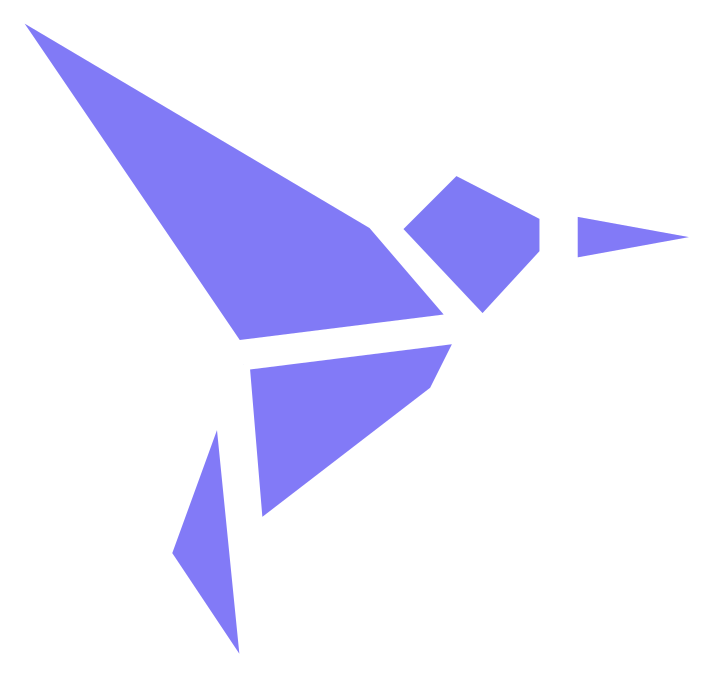Neural network enabled nanoplasmonic hydrogen sensors with 100 ppm limit of detection in humid air
Home Publications Investors News Get Started Neural network enabled nanoplasmonic hydrogen sensors with 100 ppm limit of detection in humid air David Tomeček, Henrik Klein Moberg, Sara Nilsson, Athanasios Theodoridis, Iwan Darmadi, Daniel Midtvedt, Giovanni Volpe, Olof Andersson & Christoph Langhammer Nature Communications (2024) Abstract Environmental humidity variations are ubiquitous and high humidity characterizes fuel cell and electrolyzer operation conditions. Since hydrogen-air mixtures are highly flammable, humidity tolerant H2 sensors are important from safety and process monitoring perspectives. Here, we report an optical nanoplasmonic hydrogen sensor operated at elevated temperature that combined with Deep Dense Neural Network or Transformer data treatment involving the entire spectral response of the sensor enables a 100 ppm H2 limit of detection in synthetic air at 80% relative humidity. This significantly exceeds the <1000 ppm US Department of Energy performance target. Furthermore, the sensors pass the ISO 26142:2010 stability requirement in 80% relative humidity in air down to 0.06% H2 and show no signs of performance loss after 140 h continuous operation. Our results thus demonstrate the potential of plasmonic hydrogen sensors for use in high humidity and how neural-network-based data treatment can significantly boost their performance. View publication Publications Investors News Contact Us AddressHasselvägen 85, Mölnlycke Emailcontact@iflai.com Get Connected
Single-shot self-supervised object detection in microscopy
Home Publications Investors News Get Started Single-shot self-supervised object detection in microscopy Benjamin Midtvedt, Jesús Pineda, Fredrik Skärberg, Erik Olsén, Harshith Bachimanchi, Emelie Wesén, Elin K. Esbjörner, Erik Selander, Fredrik Höök, Daniel Midtvedt & Giovanni Volpe Nature Communications (2022) Abstract Object detection is a fundamental task in digital microscopy, where machine learning has made great strides in overcoming the limitations of classical approaches. The training of state-of-the-art machine-learning methods almost universally relies on vast amounts of labeled experimental data or the ability to numerically simulate realistic datasets. However, experimental data are often challenging to label and cannot be easily reproduced numerically. Here, we propose a deep-learning method, named LodeSTAR (Localization and detection from Symmetries, Translations And Rotations), that learns to detect microscopic objects with sub-pixel accuracy from a single unlabeled experimental image by exploiting the inherent roto-translational symmetries of this task. We demonstrate that LodeSTAR outperforms traditional methods in terms of accuracy, also when analyzing challenging experimental data containing densely packed cells or noisy backgrounds. Furthermore, by exploiting additional symmetries we show that LodeSTAR can measure other properties, e.g., vertical position and polarizability in holographic microscopy. View publication Publications Investors News Contact Us AddressHasselvägen 85, Mölnlycke Emailcontact@iflai.com Get Connected
